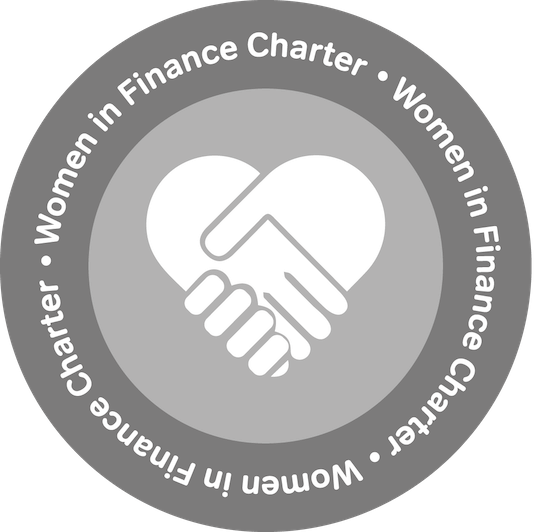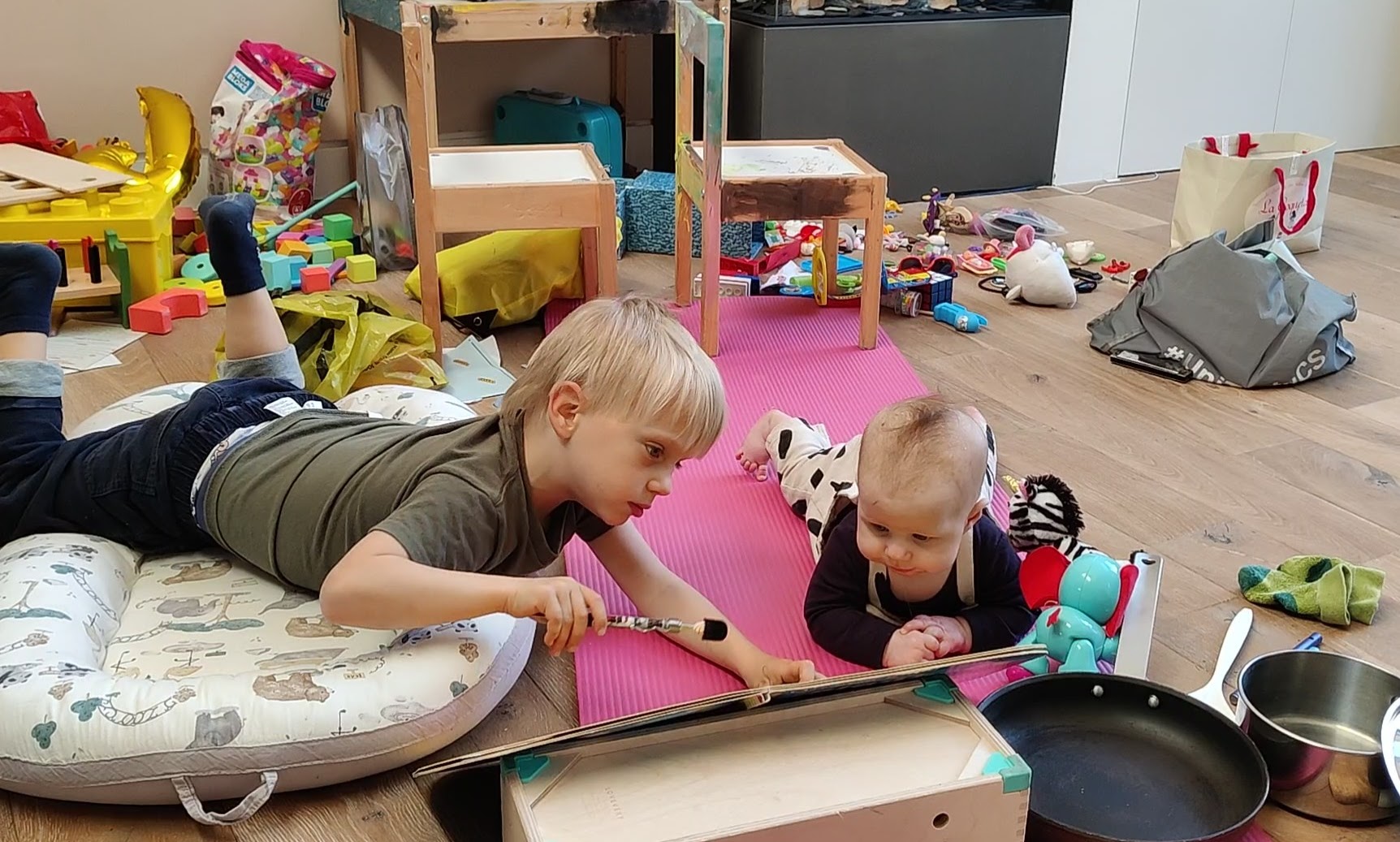What is the gender pay gap?
The gender pay gap is the difference in average hourly earnings between men and women working within the same organisation. The gender pay gap shows us how women and men are being paid across the team. It helps us to understand whether women are represented in senior roles, and in the best paid areas of the business such as product and engineering.
The law states that companies with more than 250 employees have to report a series of figures annually on the 5 April, as a snapshot of the previous year’s data. This data only applies to Wise’s London office.
What doesn’t it show?
It’s important to know that the pay gap doesn’t show us equal pay. The 1970 Equal Pay Act made it illegal to pay people doing the same job differently based on gender, a ruling which has since expanded to cover other protected characteristics. At Wise we use a benchmarking and pay banding system to make sure everyone is paid equally for the same role regardless of gender, race, religion or any other factor.
What is Wise’s pay gap?
On 5 April 2019, Wise had 255 people working in its London office. 28% of the London team were women, 72% were men. To calculate this data, we’ve used the legal gender of team members when they joined the business.
Wise’s pay gap looked like this.
| | Women | Men | Pay Gap |
|---|
| Mean hourly pay | £27.55 | £35.92 | 23.32% |
| Median hourly pay | £23.95 | £33.54 | 28.57% |
We weren’t required to officially report our gender pay gap in 2018. However, we ran our own internal audit as we wanted to understand what our numbers were and to be able to track our progression. On 5 April 2018, our mean gap was 26.83% and our median gap was 29.69%. That means our mean gap has decreased by 3.51 percentage points and the median decreased by 1.12 percentage points in one year. While it’s good to see that the numbers are on the right trajectory, we know we still have a lot more to do to achieve parity.
The Government asks us to publish the same figures for bonuses. Wise doesn’t offer any employee a traditional annual bonus as everyone has stock options in the business. The number of stock options allocated is benchmarked by role and experience level. However there are other benefits which can be classed as bonuses for the report. These include payments when people refer a friend to work at Wise (£1000), a £1000 gift alongside a six week paid sabbatical for every employee who serves four years with the firm, and relocation allowances. In the 2019 financial year 4% of women and 11% of men qualified for a bonus under these guidelines.
| | Women | Men | Bonus Gap |
|---|
| Mean bonus | £2150.46 | £2591.61 | 17.02% |
| Median bonus | £1765.31 | £1727.65 | -2.18% |
We also split everyone in the London office into four equal quartiles from the lowest to the highest paid. With a workforce that is 28% female and 72% male, we would have expected to see a similar ratio represented across the quartiles. In reality we have a greater percentage of men in the upper and upper middle quartiles, and more women in the lower quartiles.
| Quartile | Women | Men |
|---|
| Upper (those with the highest hourly pay) | 16% | 84% |
| Upper middle | 17% | 83% |
| Lower middle | 22% | 78% |
| Lower (those with the lowest hourly pay) | 58% | 42% |
Why do we have a pay gap?
Wise is a very fast growing business. Today we have over 2000 people across fourteen global offices, and since the 2019 reporting date our London team has expanded from 255 to over 370 people. The London HQ includes employees in Wise’s senior leadership team, a high proportion of product managers and engineers, as well as Marketing, Design, People, Finance and Legal teams.
Many of the highest paid roles at Wise sit in our engineering team, a sector that is male dominated and for which we haven’t historically had a strong pipeline of female candidates. Likewise, the business has male co-founders and a mainly male leadership team. We need to attract more women to apply for engineering and senior leadership roles at Wise, as well as providing a better pathway for progression for the many women working in lower paid or mid-senior levels in the business.
How are we solving this?
We’re committed to closing Wise’s gender pay gap, and have identified four areas we are concentrating on:
1. Help the women already working at Wise to grow their careers
a. We’ve implemented defined career maps across the business, because how can you progress if you don’t know what the next step looks like?
b. Transparent pay and stock options ranges - this helps open up discussions about compensation for people who may feel less comfortable asking for a raise
2. Widen the funnel to help diverse Engineering candidates find Wise
a. Proactively headhunting female engineering candidates across all levels of experience
b. Created an internship programme for Engineering roles which attracts thousands of applicants, and helps diversify our entry-level intake. In 2019 this programme had a 20% female intake, in 2020 we’re aiming for 40%
c. We’ve set-up an internal women’s coding club to make coding more accessible to our wider team and share knowledge
3. Headhunting and promoting women into senior leadership
a. We’ve pledged to increase the number of women in senior leadership to 40% by the end of 2021. This includes actively headhunting senior female leaders to bring more experienced women into our hiring pipeline. We’ve committed to publishing our progress against this target annually
b. We will be adding more board appointments over the coming years, headhunting only female candidates
4. Investing in a Diversity & Inclusion expert
a. Hiring an experienced Diversity & Inclusion lead to help us implement the above and track our progress
At Wise we’re proud to be an inclusive and mission driven employer with a number of existing policies designed to help all employees. These include genuine commitment to flexible working, maternity and paternity pay and generous shared parental leave entitlements. Both men and women are able to take the first 6 months off following the birth or adoption of a child, and this time is fully paid. However our pay gap reveals a deeper issue, showing that on our journey we haven’t brought women into the best paid and senior roles within our London team. We’re committed to overcoming this and we know that to achieve Wise’s longer term mission, we have to solve the gender pay gap too.

*Please see terms of use and product availability for your region or visit Wise fees and pricing for the most up to date pricing and fee information.
This publication is provided for general information purposes and does not constitute legal, tax or other professional advice from Wise Payments Limited or its subsidiaries and its affiliates, and it is not intended as a substitute for obtaining advice from a financial advisor or any other professional.
We make no representations, warranties or guarantees, whether expressed or implied, that the content in the publication is accurate, complete or up to date.








